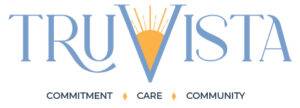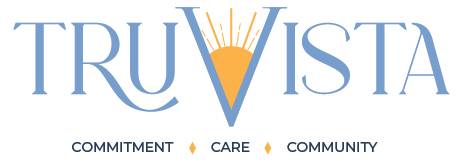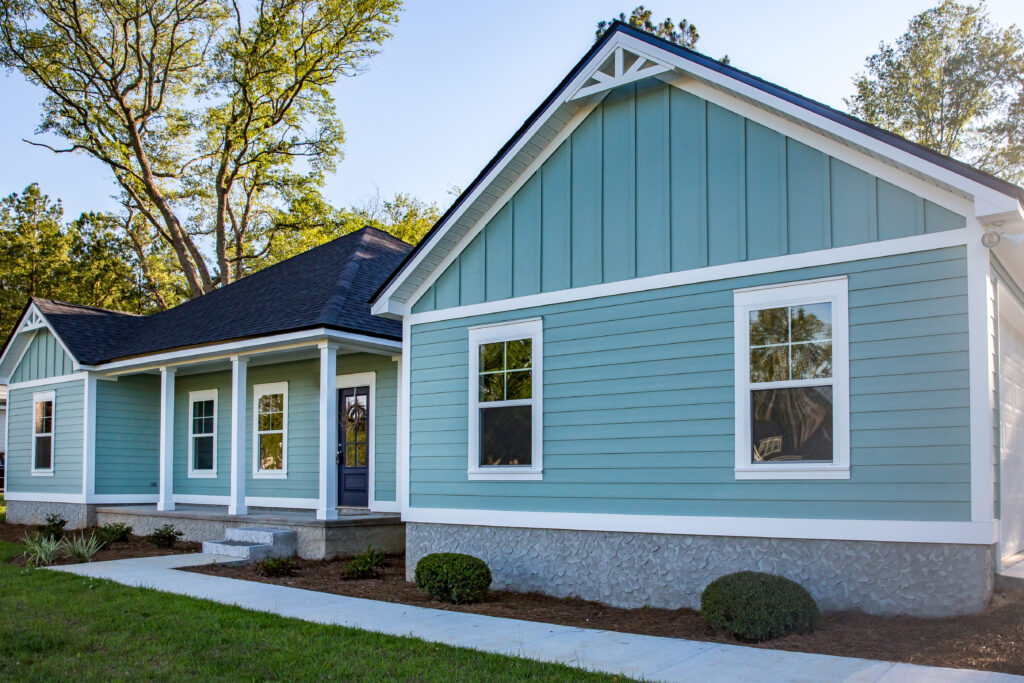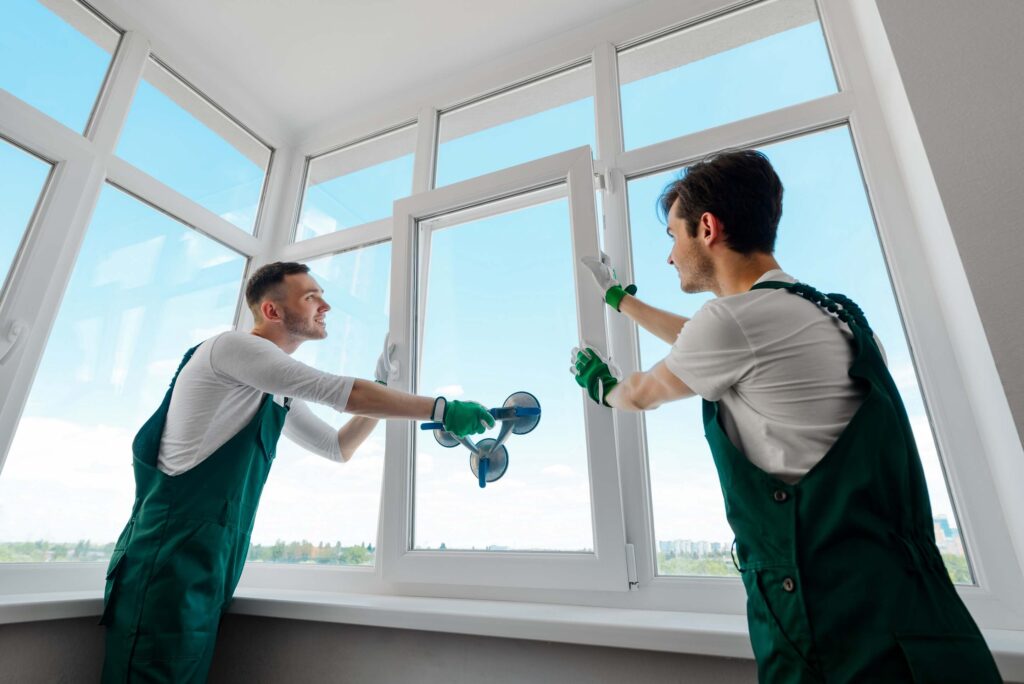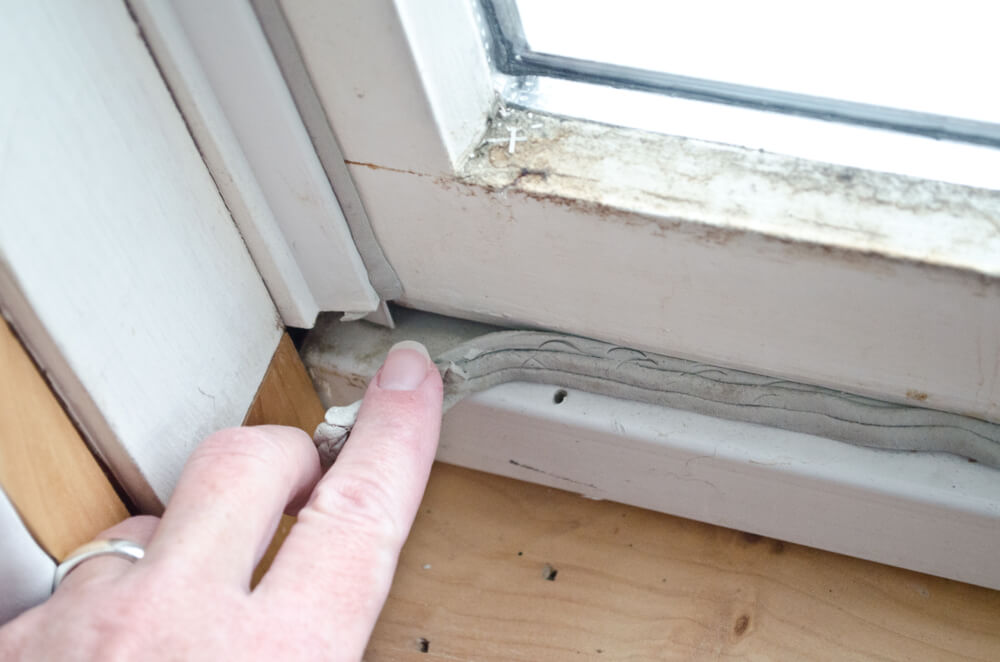Comparing Different Types of Siding Materials: Pros and Cons
When it comes to enhancing the curb appeal and protecting your home, choosing the right siding materials is a critical decision. With numerous options available, it can be overwhelming to decide which new siding option suits your needs best. This guide will help you compare different types of siding materials, highlighting their respective pros and cons, to make an informed choice for your home.
Whether it’s the brutal cold of a Wisconsin winter, or the stifling heat of a City of Steeples summer, temperatures in Milwaukee can vary wildly. Insulated doors not only work to keep your home more comfortable from season to season, they also increase its energy-efficiency and can help bring down heating and cooling costs. Here are some key benefits of upgrading to insulated doors:

Vinyl Siding
Pros:
- Affordability: Vinyl siding is one of the most cost-effective options, making it an excellent choice for budget-conscious homeowners.
- Low Maintenance: It’s virtually maintenance-free, requiring only occasional cleaning to keep it looking its best.
- Durability: Resistant to rot, pests, and moisture, vinyl siding can last for decades.
- Versatility: It comes in a wide range of colors and styles, allowing you to achieve various aesthetic looks.
Cons:
- Limited Insulation: Standard vinyl siding may not provide optimal insulation, resulting in increased energy bills.
- Vulnerability to Extreme Temperatures: In severe heat, it can warp, and in extreme cold, it can become brittle.

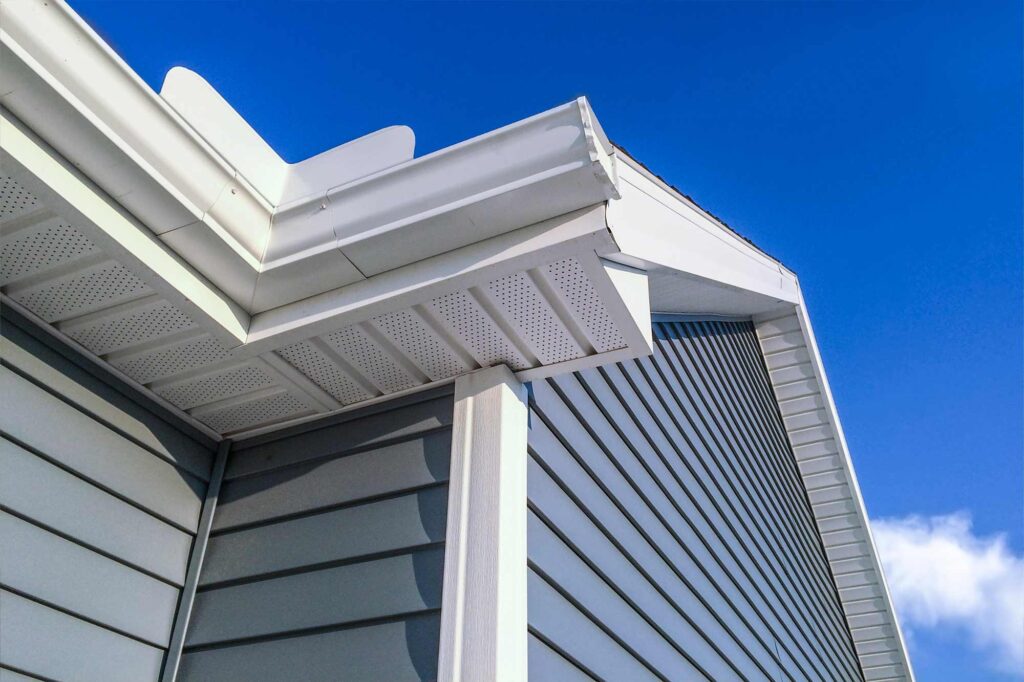
TruVista Siding
Pros:
- Low Maintenance: TruVista siding never needs painting, won’t warp or sag, and colors stay vibrant. Outside of a periodic wash, it’s maintenance free.
- Seamless Cover: Longer lengths mean less overlapping and seams, creating a virtually seamless exterior look with our ability to manufacture panels up to 25 ft in length.
- Insulation: TruVista siding l is foam backed to ensure a tight exterior bond. This insulated vinyl siding improves energy efficiency, noise control, and can even withstand up to 200 mph winds.
- Aesthetic Appeal: Our siding is available in a wide range of colors and styles and is resistant to environmental wear, meaning it will last a lifetime.
Cons:
- Neighborhood fit: If the houses in the neighborhood have a different exterior siding, such as stone veneer, brick, or wood siding, vinyl siding may not blend in well with the surrounding homes.

Natural Wood Siding
Pros:
- Natural Beauty: Natural wood siding provides a classic, warm, and timeless look, enhancing the charm of your home.
- Eco-Friendly: Sustainably sourced wood options are available, promoting environmental responsibility.
- Customization: Wood can be painted or stained to match your desired aesthetic.
Cons:
- Maintenance: Regular staining or painting and ongoing maintenance are required to prevent rot and decay.
- Cost: Wood siding, particularly cedar siding, tends to be more expensive than other options.
- Vulnerability to Pests: It can be susceptible to termites and other insects.


Engineered Wood Siding
Pros:
- Durability: Engineered wood siding is designed to be more durable than natural wood and is resistant to warping, rot, and insects.
- Affordability: It provides a wood-like appearance at a lower price per square foot than natural wood siding.
- Low Maintenance: Engineered wood siding typically requires less maintenance than natural wood.
- Eco-Friendly: Many engineered wood products are made from sustainable materials.
Cons:
- Moisture Sensitivity: Some types of engineered wood siding may be sensitive to moisture, so proper installation and maintenance are essential.
- Limited Lifespan: While engineered wood siding is durable, it may not have the same lifespan as real wood. Old siding may need to be replaced if it’s not well cared for.

Fiber Cement Siding
Pros:
- Durability: Fiber cement siding is resistant to fire, insects, and harsh weather conditions.
- Low Maintenance: It requires minimal upkeep, saving you time and money.
- Aesthetic Options: Available in various textures and colors, mimicking the look of wood, brick, or stucco.
- Longevity: With proper care, fiber cement siding can last for several decades.
Cons:
- Heavy: Installation can be more challenging due to its weight, which may increase labor costs.
- Cost: It falls in the mid-range price category, making it pricier than vinyl but less expensive than wood.


Stucco Siding
Pros:
- Aesthetic Appeal: Stucco offers a unique, textured appearance that can enhance the visual appeal of your home.
- Durability: It can withstand extreme temperatures, making it suitable for various climates.
- Low Maintenance: Stucco requires minimal maintenance, with occasional cleaning to keep it looking its best.
Cons:
- Cost: Stucco can be relatively expensive compared to other siding materials.
- Prone to Cracking: Over time, stucco may develop small cracks that require repairs to maintain its appearance and structural integrity.

Metal Siding
Pros:
- Durability: Metal siding is highly resistant to fire, pests, and harsh weather conditions.
- Low Maintenance: It requires minimal upkeep and is exceptionally durable, particularly steel siding.
- Variety of Styles: Metal siding comes in various styles, including corrugated, vertical, and horizontal options.
Cons:
- Cost: Depending on the metal type, metal siding can be relatively expensive.
- Limited Insulation: Metal siding may not provide significant insulation, impacting energy efficiency.


Aluminum Siding
Pros:
- Lightweight: Aluminum is easy to handle and install, reducing labor costs.
- Low Maintenance: Resistant to rust and rot, aluminum siding requires minimal upkeep.
- Durability: It can withstand harsh weather conditions without warping or cracking.
- Recyclable: Aluminum is environmentally friendly and can be recycled.
Cons:
- Limited Aesthetic Options: Aluminum siding is available in fewer styles and colors than some other materials.
- Denting: It is prone to dents and may require repairs if struck with enough force.

Natural Stone Siding
Pros:
- Unmatched Aesthetic: Natural stone provides a timeless and luxurious appearance that enhances your home’s value.
- Durability: Stone is highly resistant to wear and weather, making it incredibly long-lasting.
- Low Maintenance: Natural stone requires minimal maintenance, typically limited to cleaning.
Cons:
- Cost: Natural stone siding is among the most expensive options, primarily due to material and installation costs.
- Heavy: Stone is heavy, which can increase labor costs and require proper structural support.


Brick Veneer Siding
Pros:
- Classic Look: Brick veneer provides a classic, timeless appearance that can increase your home’s aesthetic appeal.
- Durability: It’s resistant to fire, pests, and severe weather conditions.
- Low Maintenance: Brick veneer requires minimal upkeep, primarily involving cleaning.
Cons:
- Cost: While less expensive than full brick, brick veneer can still be costlier than some other siding options.
- Limited Insulation: Brick veneer may not provide the same insulation as other materials, impacting energy efficiency.

Brick Siding
Pros:
- Timeless Charm: Brick siding exudes classic, enduring charm that can enhance your home’s appeal and resale value.
- Durability: Brick is highly resistant to fire, pests, and harsh weather, ensuring a long-lasting choice.
- Low Maintenance: Brick siding is virtually maintenance-free and requires minimal upkeep, primarily involving occasional cleaning.
Cons:
- Cost: Brick siding is among the more expensive siding options due to the material and labor costs.
- Weight: The substantial weight of brick may necessitate additional structural support during installation.


Composite Siding
Pros:
- Durability: Composite siding is resistant to rot, moisture, pests, and extreme weather conditions.
- Low Maintenance: Occasional cleaning is enough to maintain composite siding, saving time and money.
- Versatility: Composite siding is available in a wide range of styles, colors, and textures.
- Eco-Friendly Options: Some composite siding options use recycled materials.
- Excellent Insulation: Composite siding is well-insulated, offering superior energy efficiency.
Cons:
- Initial Cost: Composite siding requires a higher upfront investment compared to vinyl siding.
- Susceptibility to Fading: Periodic staining or painting may be necessary depending on weather exposure.
- Installation Challenges: Composite siding installation requires specialized tools and expertise.
- Limited Longevity: The lifespan can vary depending on the product’s quality and maintenance.
Contact TruVista Today to Explore Types of Siding Options
Choosing the right siding material for your home is a significant decision that should align with your budget, aesthetic preferences, and maintenance expectations. Each type of house siding material comes with its own set of advantages and disadvantages, from installation and siding cost to durability and longevity. To make the best siding choice for your home, consult with a reputable siding installation company like TruVista. Our experienced team can provide expert advice and professional installation for homes in Milwaukee and surrounding areas, ensuring your home looks great and remains well-protected for years to come. Reach out to us today to explore your siding options.
